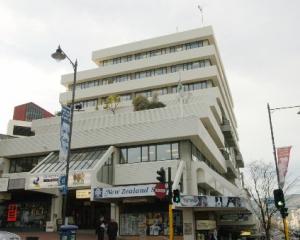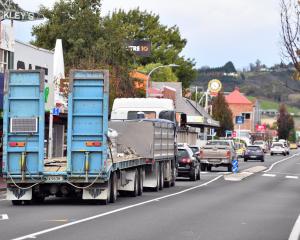The difficulties of deciding the fate of the Mosgiel aquatic facility have been highlighted in a report to be considered by councillors at next week's long-term plan deliberations.
The report details how the council could fund the $15 million facility and each funding option has disadvantages.
Financial planner Carolyn Allan detailed the consequences of each option, including reinvesting money from the sale of assets from the council's property portfolio, which would then rent the facility to the council's aquatic services department.
While the option meant the council would not need to go into further debt, it would be more expensive than taking a loan.
This was because the target return on the city property investment portfolio was higher than the cost of debt.
That meant the rent charged to the aquatic services department would be higher than interest on a loan.
The council could also avoid going into debt if it used the Waipori Fund, but that would reduce liquidity and could affect the council's Standard & Poor's credit rating.
Selling surplus property also came with risks, including that money gained would not be enough to fund the project.
Going into debt was the ''cheapest option'' and meant council investments could remain untouched.
However, depending on the timing of the expenditure, it could stop the council reaching its debt limit of $230 million by 2021.
The other option was to fund the pool by cutting other projects.












